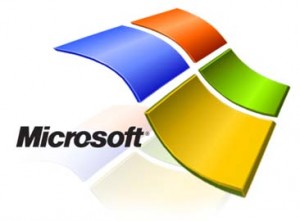Earlier this year, in its conference for IT Professionals, Microsoft announced that it is working on the designing and developing  programmable chips together with servers in its cloud data centers. The chips known as FPGAs or field-programmable gate arrays, can be easily deployed when deployed to optimized for particular applications such as machine learning and networking.
programmable chips together with servers in its cloud data centers. The chips known as FPGAs or field-programmable gate arrays, can be easily deployed when deployed to optimized for particular applications such as machine learning and networking.
Now, Microsoft is investing in tools that would allow customers to program the FPGAs, said Scott Guthrie, the executive vice president in charge of Microsoft’s cloud and enterprise division, during a talk at the Structure conference in San Francisco.
Using those tools could help increase performance of workloads that the chips are deployed to tackle. Guthrie said he hopes businesses will see performance improvements between two or three orders of magnitude using FPGAs compared to CPUs or GPUs.
But everything is not quite smooth here; there are some considerable issues with giving users raw access to the FPGAs. “When something goes wrong, you really need to be able to debug that quickly,” Guthrie said.”Because it’s hardware, it could brick the machine, there are lots of things that we’ve had to learn how to protect against.” That said, there’s an advantage to be gained from using FPGAs for business applications.
Right now, the FPGAs are being used to power Azure’s Accelerated Networking feature, as well as Microsoft products like Bing. They have the ability to radically speed up some computation. Doug Burger, a Microsoft researcher who helped spearhead the FPGA project, said that the company’s entire deployment could be used to translate all of English-language Wikipedia in a tenth of a second. Actually writing code for the FPGAs is something that would likely appeal to a small subset of businesses. But for those companies that want access, Microsoft’s cloud platform could become a more interesting choice.









